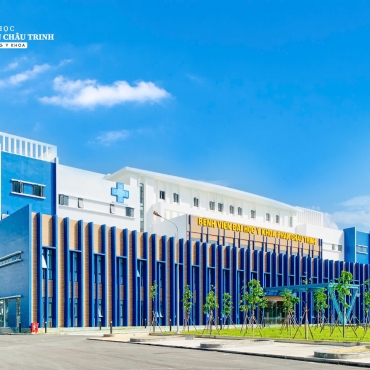Contact Admission
International Collaboration
The new prosthetic coating helps prevent infection
The new prosthetic coating helps prevent infection

Many artificial joints become infected after prosthetic joint replacement, and orthopedic rehabilitation is often required. An antibiotic blended cementitious bone is usually placed into an infected joint after the prosthesis is removed and allows it to function for several weeks before a new prosthetic joint is inserted. The problem is that the cement bone is only able to kill bacteria in the immediate vicinity, and using that bactericidal power requires two separate orthopedic surgeries to take place: initial dislocation and transplant. cement bone, followed by joint replacement.
A team at Massachusetts General Hospital came up with a polymer coated with an antibiotic, which works better and lasts longer, and results in just one surgery for orthopedic casts. The material they use is polyethylene, a polymer that is commonly used on the upper bearing surfaces of the prosthesis. By attaching groups of antibiotics to polyethylene, researchers can maintain the structural integrity of the polyethylene. On the other hand, the cement bone will not by itself diffuse the high concentration of the antibiotic and thus it will work well in many patient cases.
The team at Massachusetts General Hospital also tested this new material (polyethylene) on laboratory animals infected with Staphylococcus aureus, including the formation of bacterial biofilms. The researchers found that this new material (polyethylene) eliminated the infection in all cases, while the antibiotic-cement bone treatment was unable to get rid of the infection.
Source: www.medgadget.com
Translator: Dr.Nguyen Huu Tung & partner
Other healthcare
- Development history of world medicine ( 11:44 - 13/10/2017 )
- Microfluidic channel device for tumor chemotherapy ( 11:40 - 12/10/2017 )
- Higher education in the era of Industrial Revolution 4.0 ( 11:37 - 08/11/2017 )
- DRG Nerve Stimulant Device ( 11:19 - 09/10/2017 )
- Surgeons view CT, MRI, ultrasound images using 3D technology ( 11:14 - 07/10/2017 )
- Steps to make mind map (Mind map) ( 11:00 - 07/10/2017 )
- Mind mapping software ( 10:41 - 07/10/2017 )
- Mind map is what? ( 10:28 - 18/10/2017 )
- Schizophrenia is 80% hereditary ( 10:21 - 05/10/2017 )
- Ten ancient pain relievers ( 15:20 - 06/10/2017 )


















